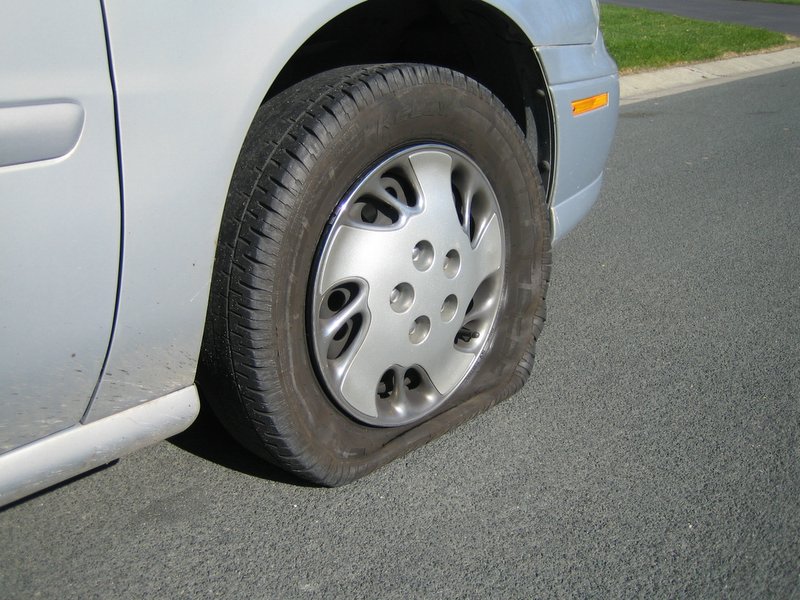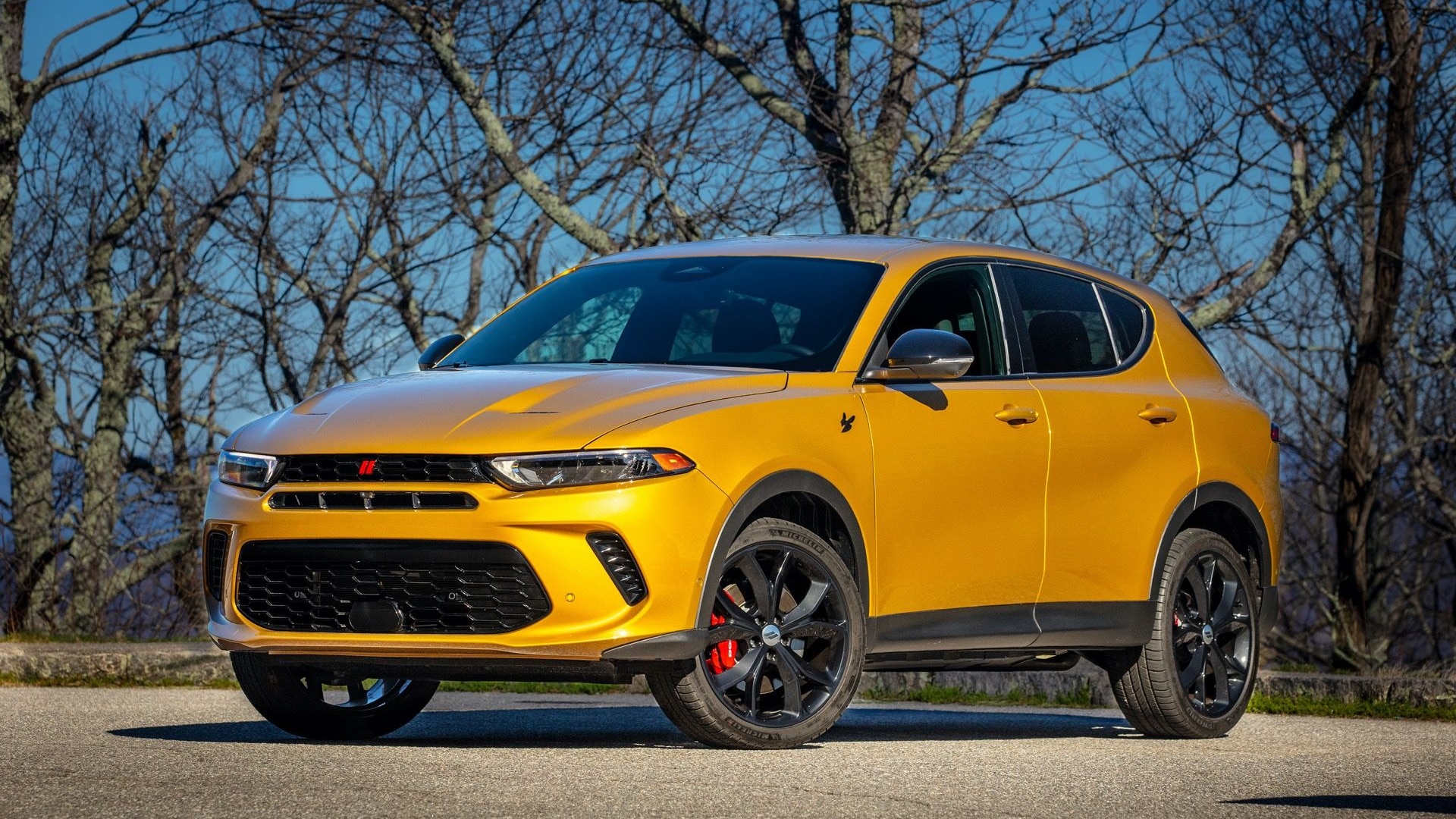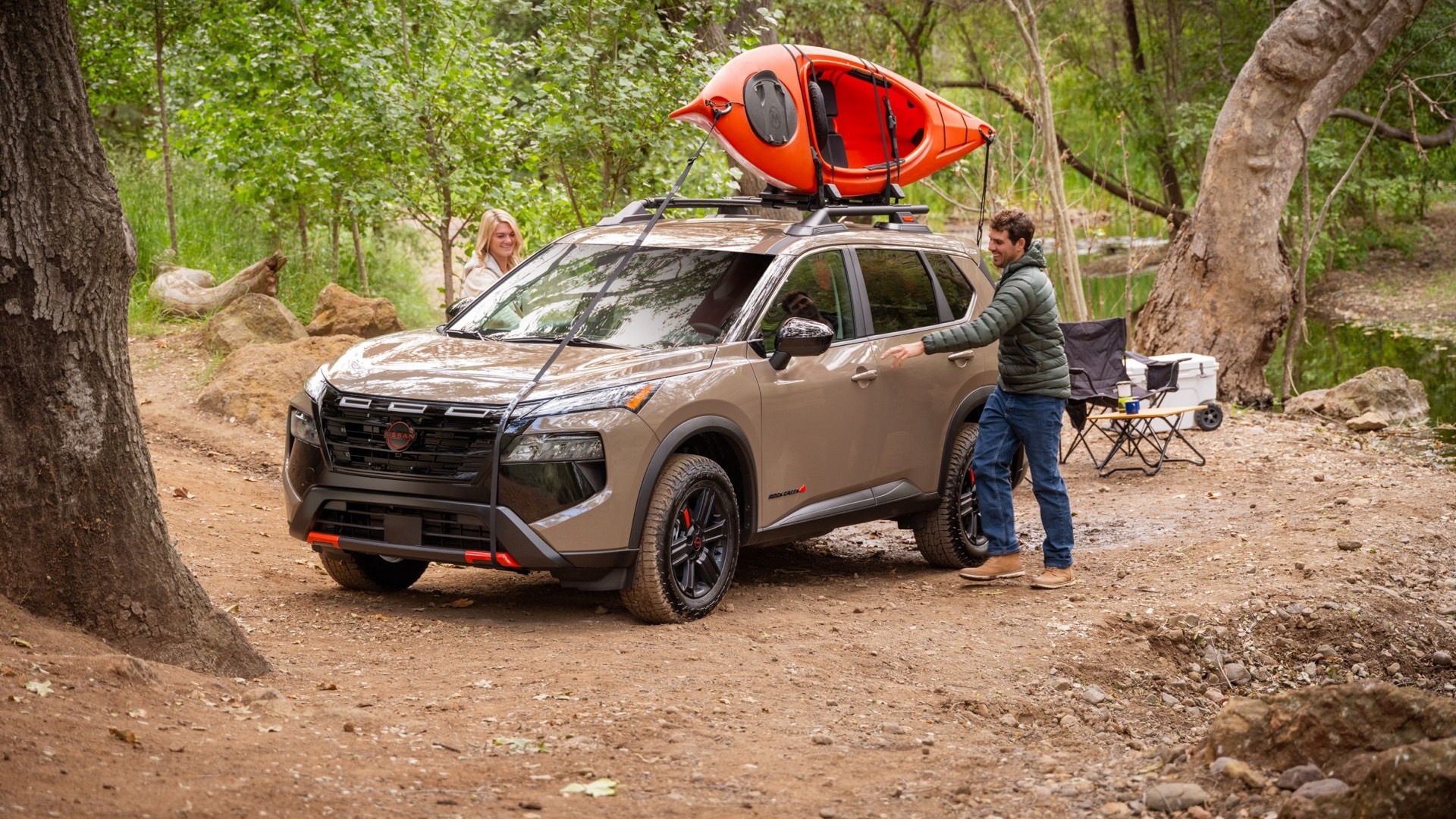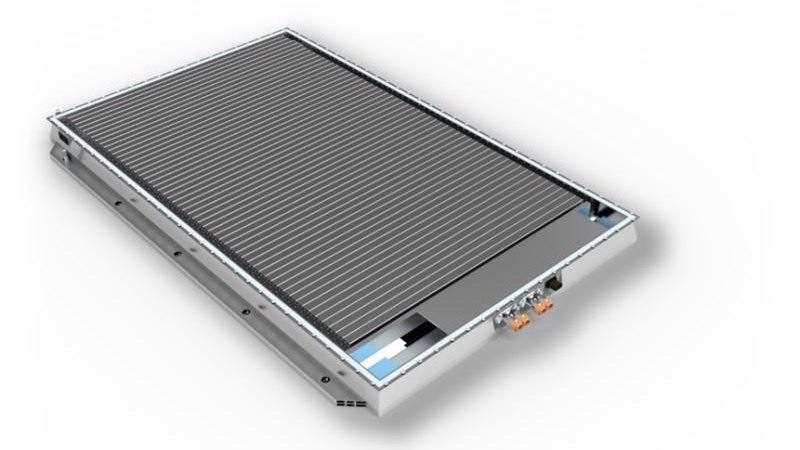Labor Day is one of the biggest travel weekends for all year, as Americans close out the summer and enjoy a last excursion before heading back to school.
That makes it one of the biggest weekends for gas sales too, though nobody wants to spend more than they need to on fuel.
If you're making a trip longer than you can comfortably take your electric car, we won't judge, but here are some tips to minimize the gas you'll need. (Hint: most of them work just the same when you're driving on electricity.)
Chevy Chase in National Lampoon's Vacation
Slow down!
Wind resistance increases with the square of speed. The energy needed to overcome it increases with the cube of speed. Even with relatively efficient cars, the difference can be significant. When Consumer Reports tested a Honda Accord, a Toyota RAV4, and three Ford Fusions, including a hybrid, fuel economy dropped by 4 to 8 mpg at 65 mph compared with 55 mph. Speeding up to 75 mph cut gas mileage by another 5 to 7 mpg.
Keep it steady
One of the biggest factors in improving gas mileage is maintaining a steady pace. That's why most cars are more fuel-efficient on the highway. Acceleration uses extra energy, and every time you drive a little too fast, you have to slow down again. Maintaining a safe and generous following distance can help keep a steady pace without having to react to every change in traffic ahead.
Don't drag your junk around—especially on the roof
Especially on long holiday weekend trips, it can be tempting to bring along everything you think you might conceivably need. That will cost you when its time to fill up. Even a few extra pounds makes your car work harder to accelerate, especially in city or stop-and-go traffic.
The quickest way to kill gas mileage, though, is carrying things on the roof. Especially on a long highway trip, adding aerodynamic drag on the roof can have a huge effect. A large car-top carrier can cut gas mileage on a sedan by as much as 5 mpg on the highway. That said, if using a car-top carrier allows you to drive a smaller car the rest of the year, the extra fuel you use on a long weekend trip will still be worthwhile.
Keeping cool
Your grandfather was right about air conditioning—mostly. Some cars have more efficient air conditioners than others, but running the air conditioning on a hot day definitely cut the gas mileage of three cars that CR tested, a Honda Accord, a Ford Focus, and a Subaru Forester, just to varying degrees. It didn't make much difference on days with weather in the 60s, but hardly anyplace in the country is forecast to be that cool this Labor Day weekend.
On the other hand, opening the windows had a negligible effect no matter the temperature outside.
Flat tire, by flickr user Tiger Girl
Inflate your tires correctly
Keeping tires properly inflated to the specification in the owner's manual or in the door jam of the car benefits not only gas mileage but also safety. While mildly underinflated tires may cut only 1 or 2 mpg, severely underinflated tires can not only have a bigger effect on fuel economy, they can also bring much worse consequences if they overheat and blow out. The inverse is true of over-inflated tires: Over inflating them a little doesn't help much with gas mileage, and seriously over-inflating tires can also lead to blowouts.

Local Gas Prices
Don't buy premium gas if you don't need to
Most cars don't need premium gas. Those that do will spell out in the owners manual and inside the filler door: "Premium Fuel Required." Any car that doesn't have those words specifically will run fine on regular.
A few cars list premium gas as "Recommended." They don't need premium gas either, but may produce more horsepower on premium.
Buy low
Gas prices are higher this year than they have been in recent summers. Though most stations sell pretty much the same gas give or take a few additives, they certainly don't have the same prices. To save on your trip, use a smartphone app such as Gas Buddy, Waze, or the AAA TripTik Planner.
Electric car drivers, of course, don't need gas, and may not have much choice about electricity prices where they need to charge up, but they they can benefit from driving slowly and smoothly which will also stretch their range.












